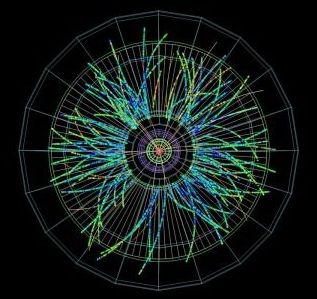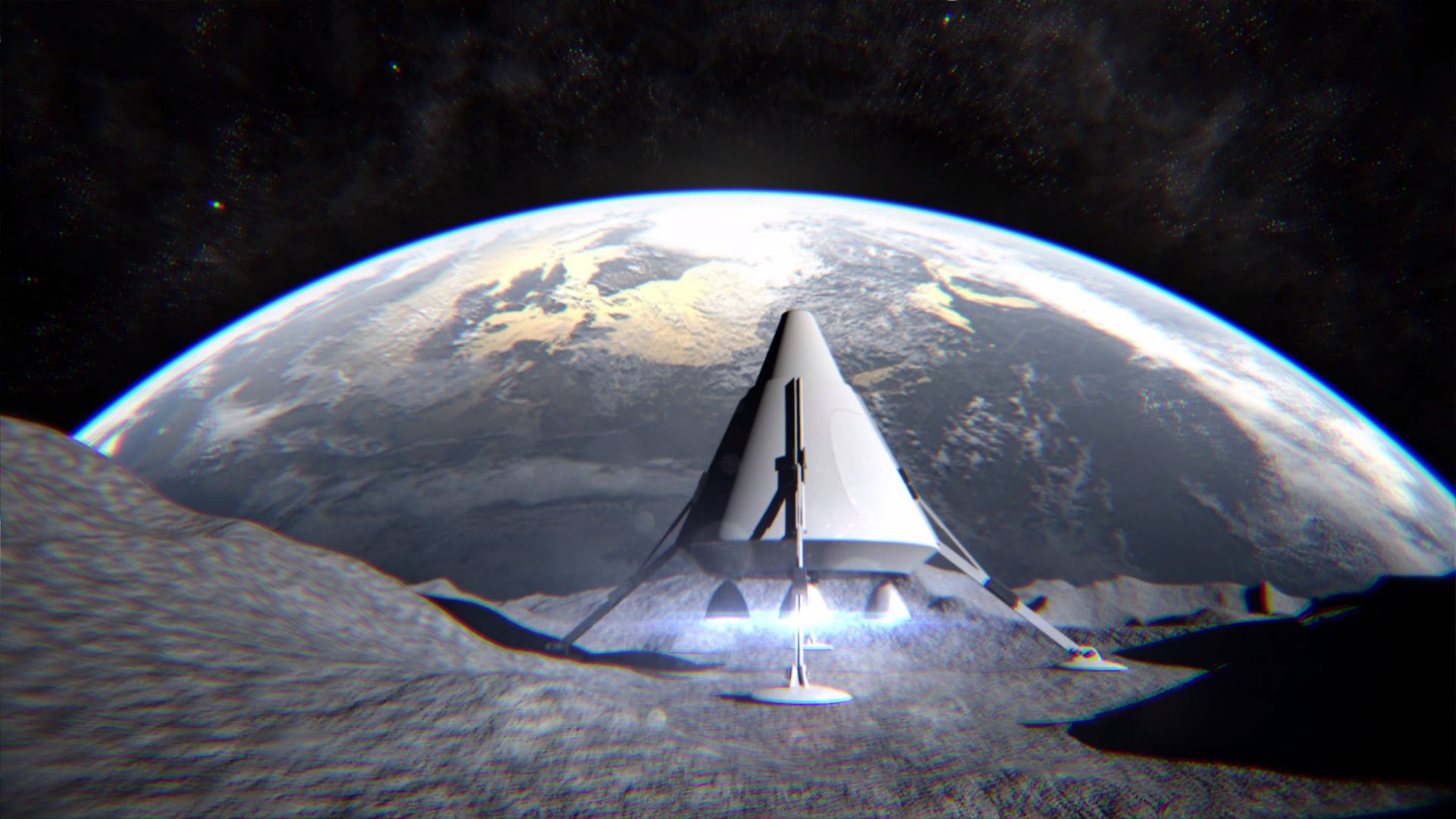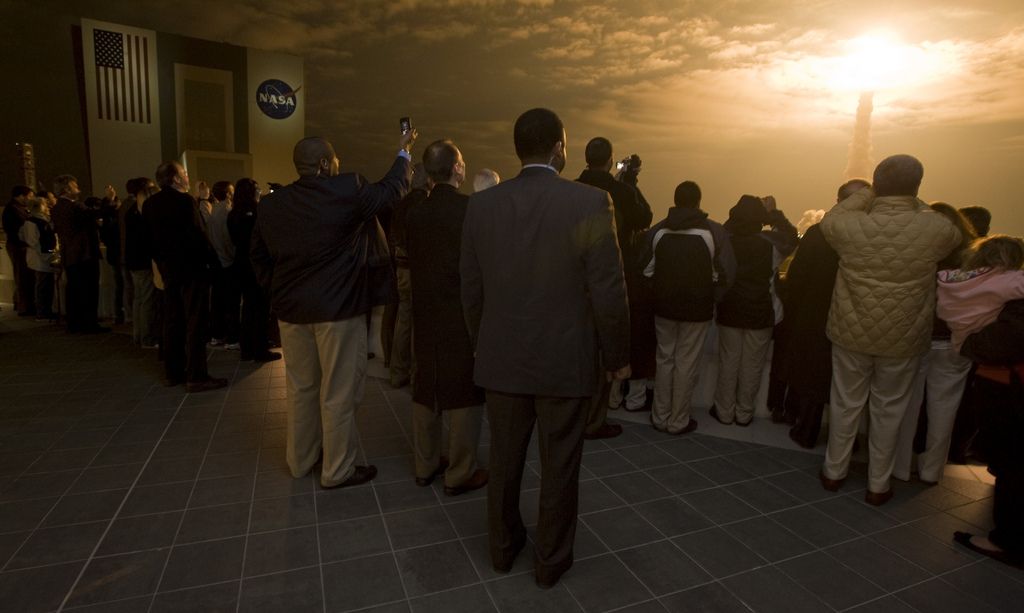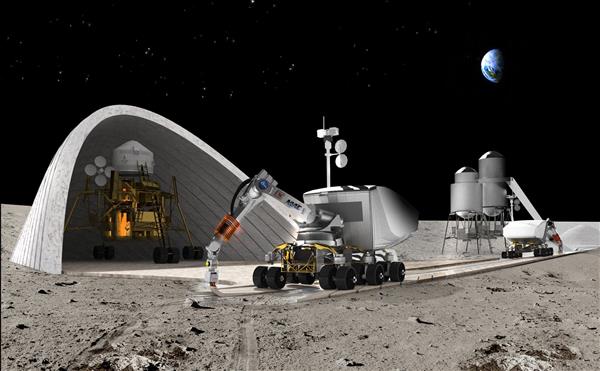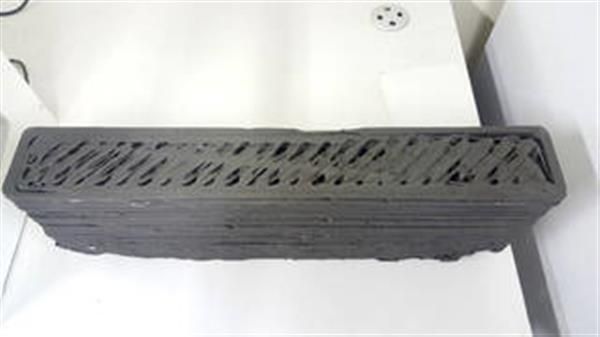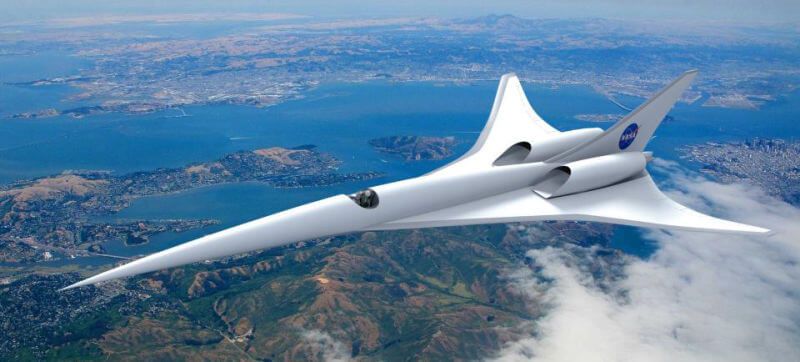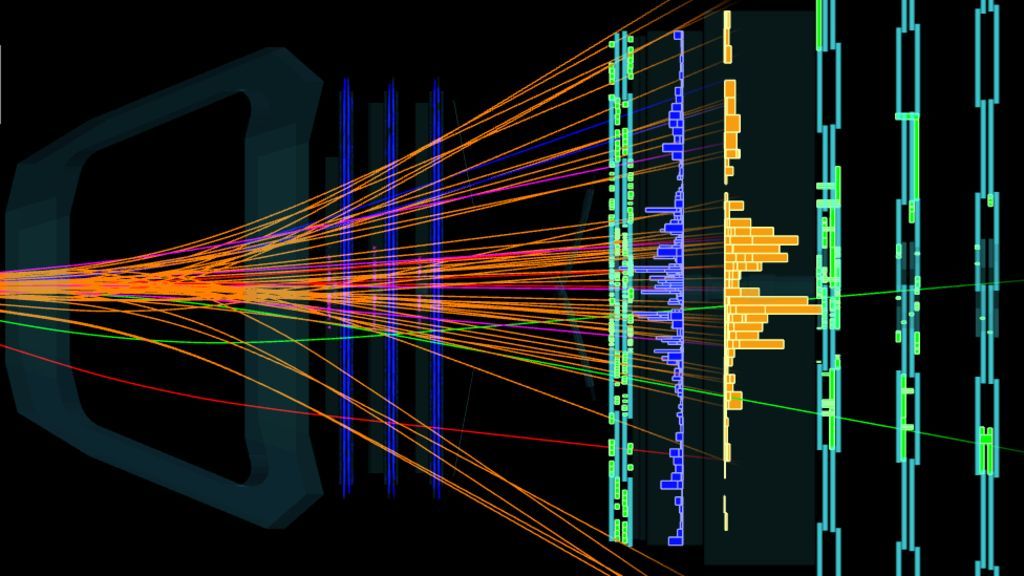AI is being used for much more than many realize. In fact, particle physicists are currently pushing the limits of our understanding of the universe with the help of these technologies.
Many might associate current artificial intelligence (AI) abilities with advanced gameplay, medical developments, and even driving. But AI is already reaching far beyond even these realms. In fact, AI is now helping particle physicists to discover new subatomic particles.
